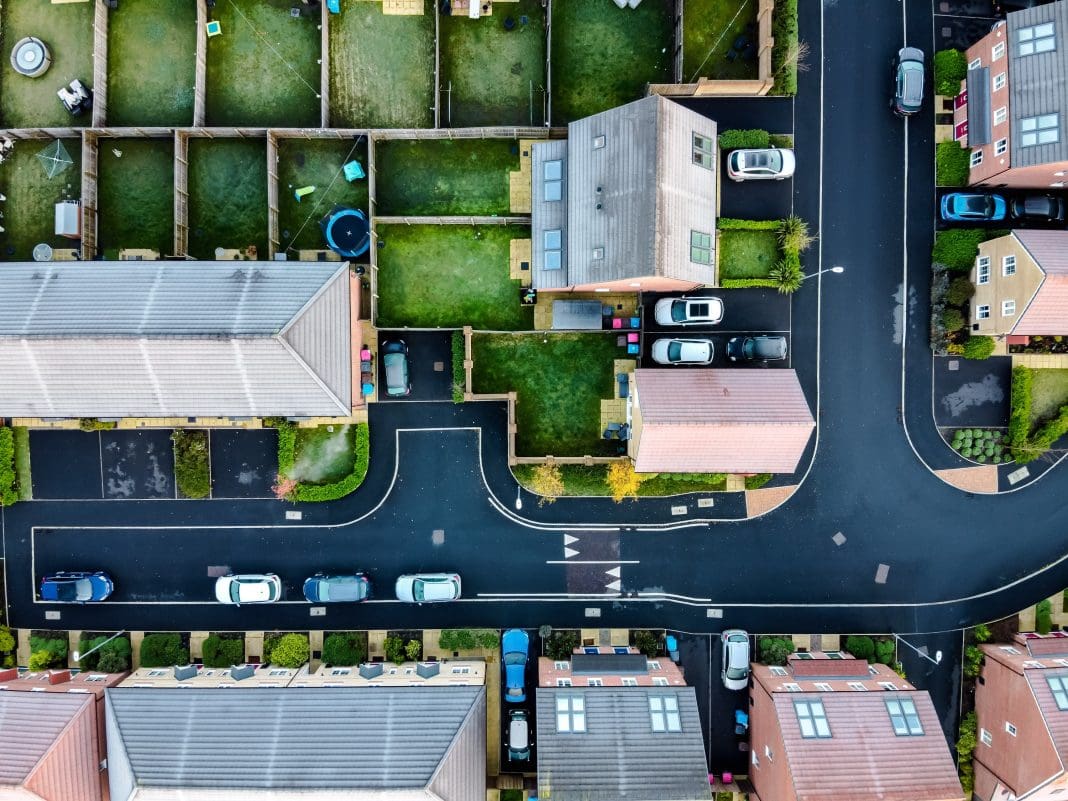A rise in Housing Ombudsman complaints shows how vital it is to meet residents’ expectations quickly, says Civica’s Helen Rogers
The Housing Ombudsman recently published its latest statistics on the volume of complaints in 2022-23.
This outlined a huge spike in maladministration findings compared with previous years; more than 5,000 Housing Ombudsman complaints were escalated for formal investigation for the first time, representing a 27% increase on the previous year.
Meanwhile, new research from Housemark, the first to delve into tenant satisfaction measure (TSM) scores, has found that around 40% of tenants don’t believe their landlord listens to their comments or takes action to remedy issues.
Only 34% of tenants were satisfied with their landlord’s complaint handling
Tenant satisfaction measures are intended to make landlords’ performance more visible to tenants and help tenants hold their landlords to account.
They cover five main areas: keeping properties in good repair; maintaining building safety; effective complaint-handling; respectful and helpful tenant engagement; and responsible neighbourhood management.
The research, exclusively reported by Inside Housing, also found that just 34% of social housing residents are happy with their landlord’s complaint-handling. There is obviously a way to go to improve these scores.
We all know it’s vital to handle complaints effectively. It isn’t just about the communications and the resolution but also having the right training, the empathy to deal with different types of customers and updating customers in a reasonable timeframe.
Tech to minimise Housing Ombudsman complaints
The focus on digital channel shift has enabled housing providers to share essential information minimising the need to call or email for every interaction.
Better automation in case management contributes to updating customers regularly so they feel their issues are being heard and acted upon. This leads to improved customer service, customer satisfaction and prevention of such complaints manifesting. It’s about building trust with your customers as a housing provider.
First-time resolution in terms of available information has never been more important in a world where technology and tools such as repairs diagnostics, smart homes sensor and monitoring solutions, building information management and digital twins help providers to proactively monitor and prevent issues from arising in the first place.
More focus on using this data to assess trends around fuel poverty – and proactive monitoring to avoid rent arrears – also supports the need of smart homes technology and moving forward with digital twins.
ROI and cost savings from technology implementation
The return on investment, let alone the indirect cost savings through improved service provision, can be realised within months of implementation. The future of how stock condition can be forecasted, planned and delivered can also change by using proactive monitoring technology, leading to improved satisfaction and, in turn, reduced complaints.
If we consider repairs, tailored help articles made available on customer portals or Alexa devices can help avoid repairs. This can also improve tenant satisfaction as tenants may be able to resolve the problems before they lead to a necessary repair, all assisting in the reduction of potential complaints.
With some councils citing they have fewer resources to deal with customer volumes, technology must be considered to help improve communication, visibility, insights and trend analysis, along with further proactive monitoring to help meet the requirements of the Social Housing (Regulation) Act.
6% of housing stock in England has some form of damp
One particularly high-focus area of Housing Ombudsman complaints concerns damp and mould in social housing.
A 2023 report from the Regulator of Social Housing reviewed progress in this area and found around 6% of social housing stock in England had some form of notable to severe damp.
However, those landlords who were performing better than others were using a wide range of data sources to feed into the overall picture on stock condition, including responsive repairs requests and complaints. They also had accurate and up-to-date information on their tenants, including potential vulnerabilities and language requirements – for instance through undertaking a regular tenant census.
It’s evident there needs to be a shift in tenant satisfaction to avoid time-consuming and costly administration. We need to ensure residents are living in homes where they feel comfortable and safe – where complaints are the exception rather than the rule when engaging with housing providers.
While the number of complaints has risen, there are plenty of lessons in good practice casework among housing providers too, helping to drive a positive learning culture for the sector.
Combining the latest technology with the desire to boost the resident experience will no doubt see more improvements for the future.
Helen Rogers

Product director, housing
Civica














